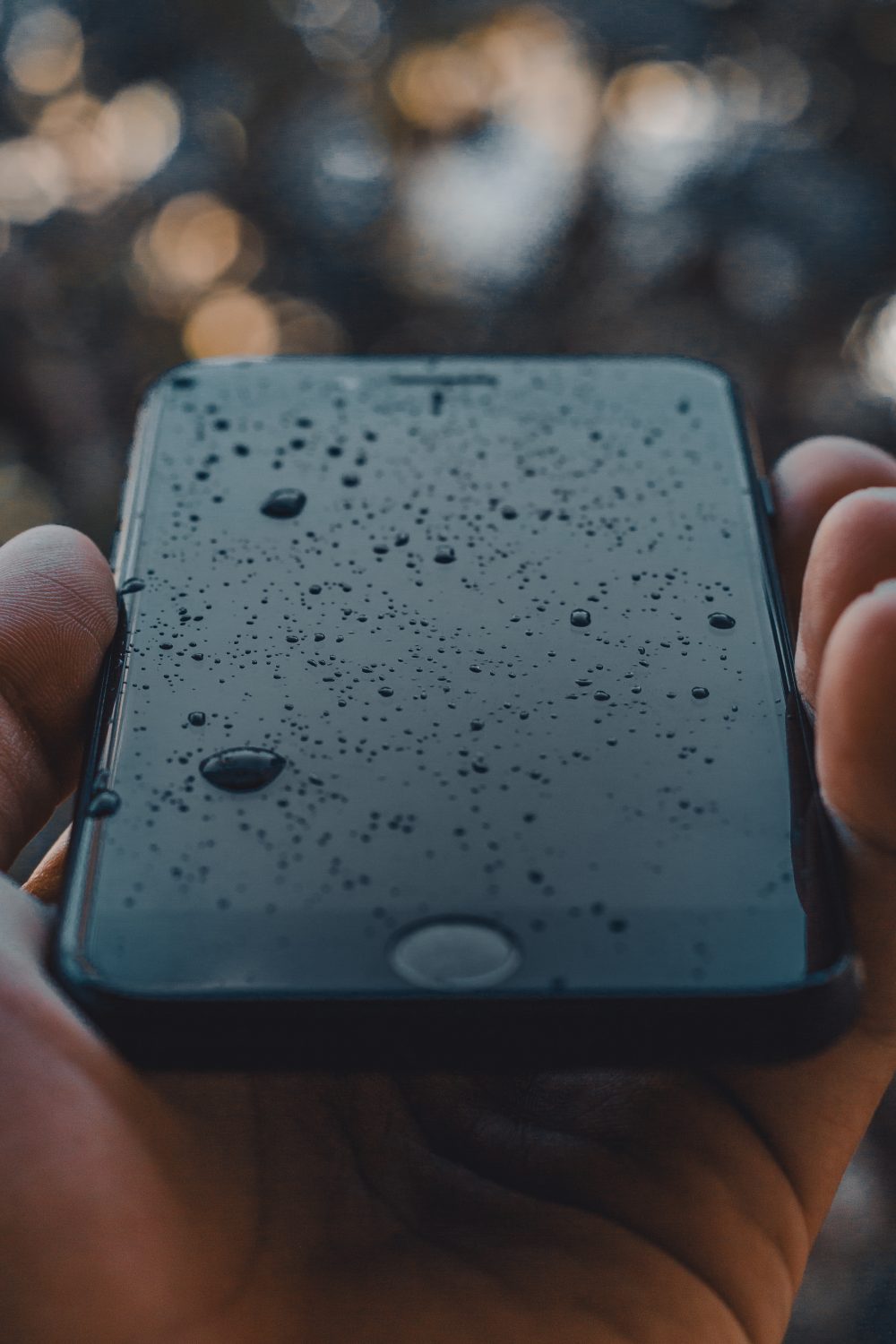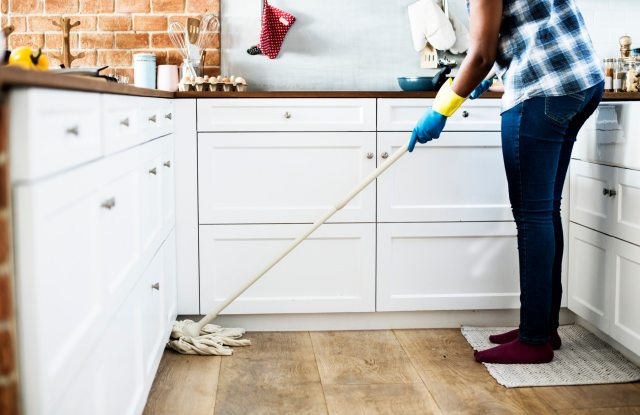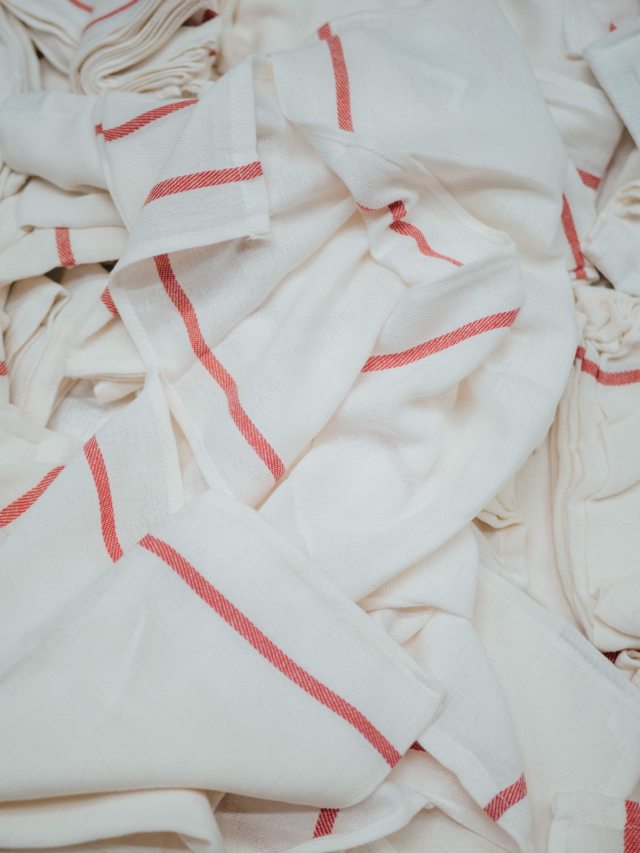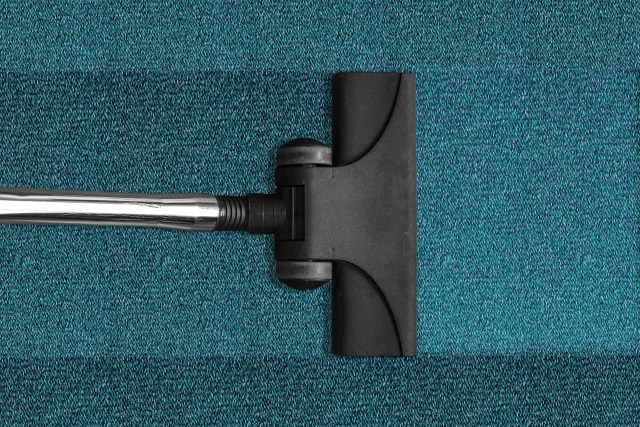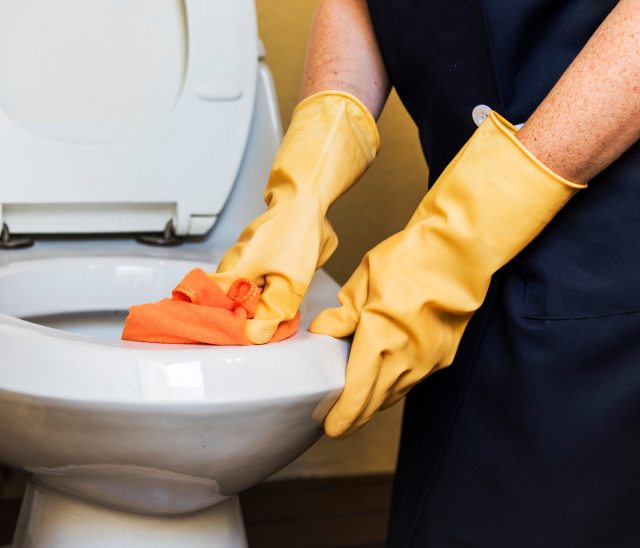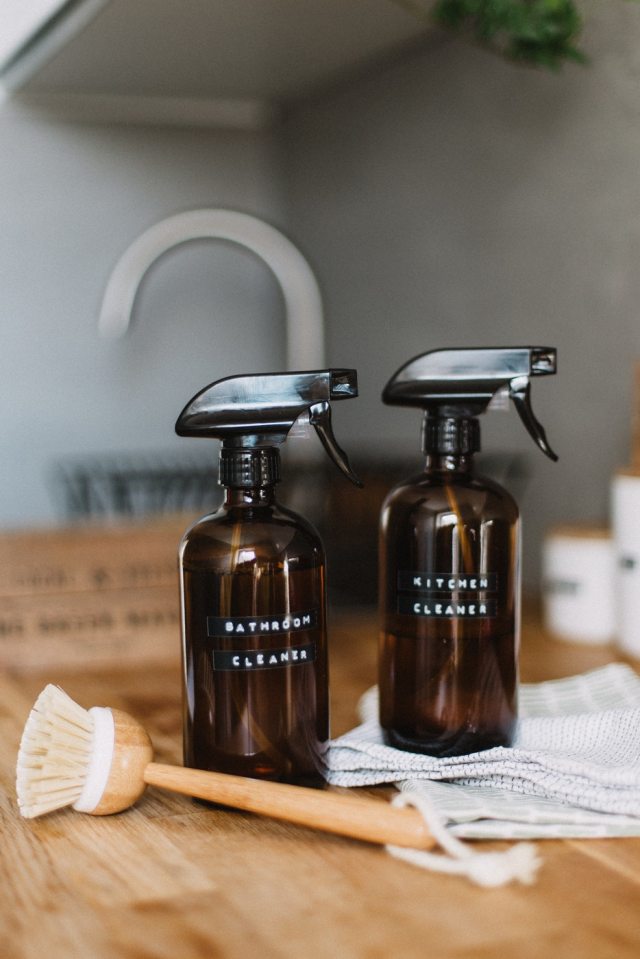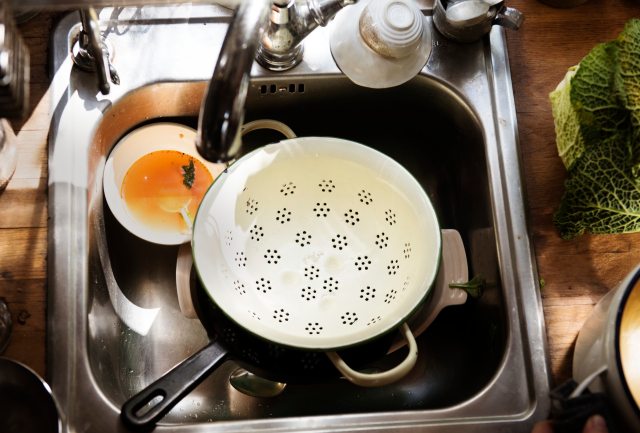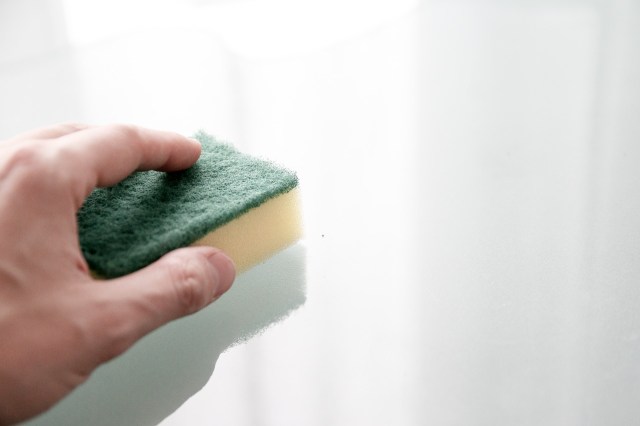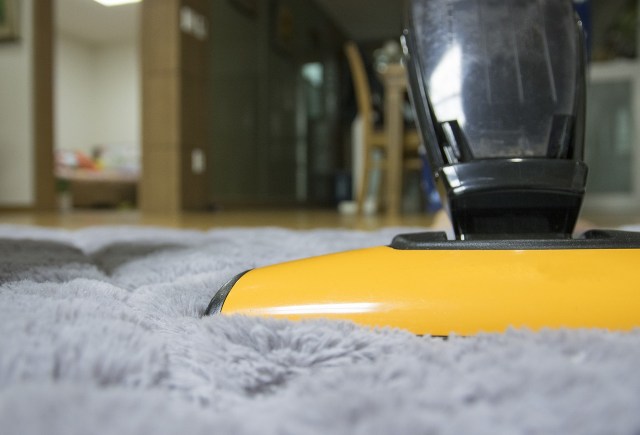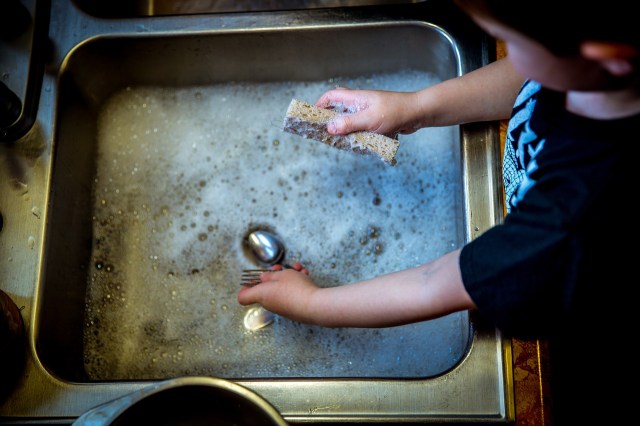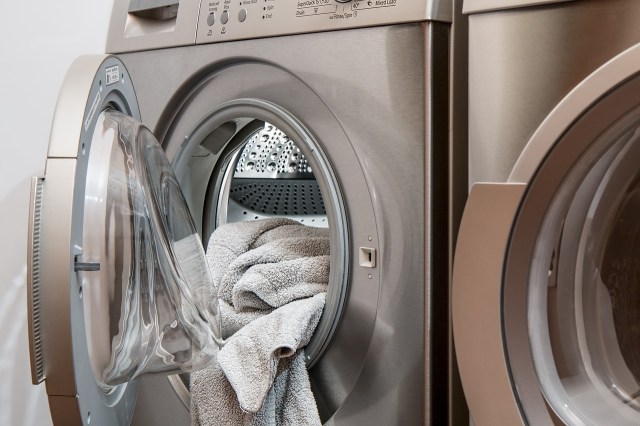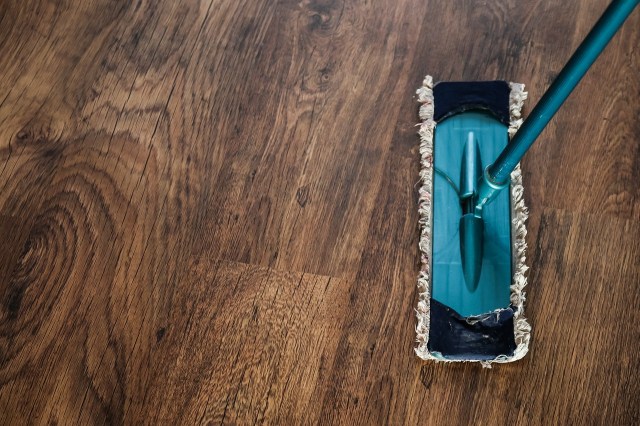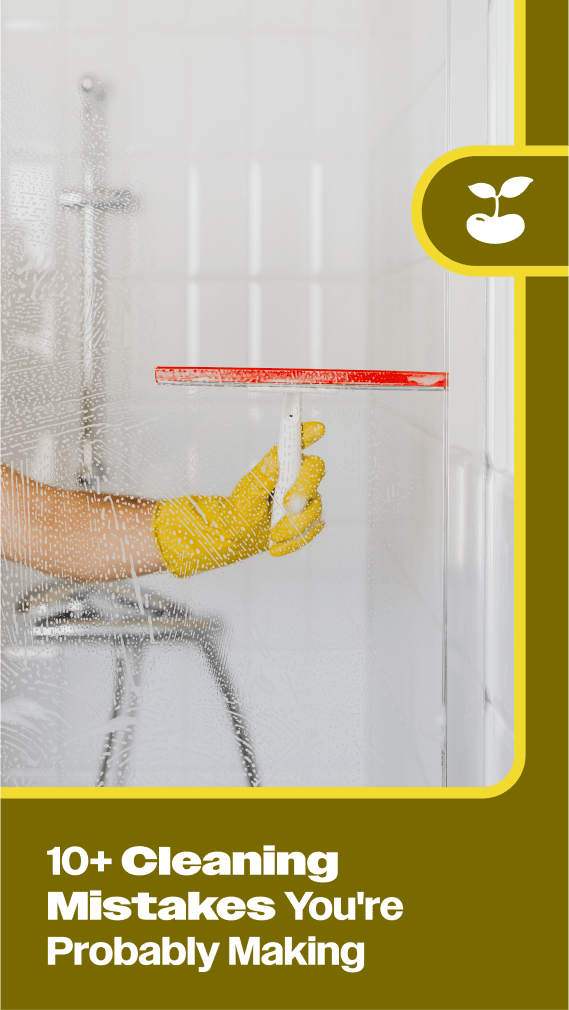Most grocery stores offer sanitizing wipes as an option to wipe down your cart before starting your grocery shopping. I really do appreciate the opportunity to decontaminate my shopping cart, especially with cold and flu season in the air. After all, I have read that shopping carts are one of the germiest things we touch in public… When you think about it, diaper-aged kiddos sit in the cart… Add in any kind of meat juices, plus any germs from the previous cart pusher…. YEEESH.
Shopping Cart Study
In 2012, University of Arizona microbiologist Charles Gerba, PhD, sometimes called “Dr. Germ” conducted a study on total numbers of bacteria on grocery shopping cart handles and seats. The results of this study found the shopping cart seats and handles to be bacteria-laden, and suggested the need for improved sanitation of shopping cards/baskets.
This study was conducted 5 years ago. After 5 years of wiping down shopping carts, and many parents using blankets/cloth seat protectors for their kids, I wondered if shopping cart conditions have improved. And truthfully, I really dislike using those wipes. I don’t like getting my hands all wet, and it seems to take forever for the cleaning solution to dry on the handle.
So, I decided to bring my own agar plates and sterile cotton swabs to the grocery store, and test out the handles of shopping carts myself (I did not test the seats).
Background: How I Grew Bacteria at Home
Agar Plates and Growing Bacteria
I purchased some luria broth agar plates (thank you, Amazon – they truly sell everything!), which are used to grow environmental bacteria, including E. coli. Other types of agar plates are used to grow pathogenic bacteria- I did not want to grow any of those in our home! I should also note here that only bacteria can be grown on agar plates – no viruses.
Incubator
When it was time to grow the bacteria, I placed the agar plates in an upside-down position in a homemade incubator with a temperature between 85 and 100 degrees F. For the homemade incubator, I used a plastic bin, a thermometer, and a heating light bulb as a heat source.
After 1-2 days in the incubator, I watched for the appearance of small bacterial colonies (usually white or yellow dots) on the surface of the agar plates. You need millions of bacteria in one spot just to see one dot on the agar plate.
My Shopping Cart Sampling Method
I went to two different Meijer stores, and sampled 4 different carts on 4 separate shopping trips. Meijer stores have Purell sanitizing wipes available for use next to the shopping cart corral, so I used Purell sanitizing wipes in this experiment..
So that my results would be fair, my comparison of wiped/unwiped cart handles were performed on the same cart – I used a Purell wipe on 1/2 of the shopping cart handle, and left the other 1/2 untreated. I scrubbed 1/2 of each cart handle thoroughly with the Purell wipe, and waited until it was dry before using my sterile cotton swab to test the surface of the handle, and then applied the swab to my agar plate. I left the other half of the handle untreated, and carefully swabbed the untreated 1/2 as well. Then, I put the plates in an incubator for 1-2 days to grow bacteria.
Shopping Cart Handle Results
I was surprised to find that overall, the shopping cart handles were pretty clean!
My results from 4 different shopping trips provided 7 total colonies of bacteria (not very much at all!) from unsanitized shopping cart handles vs. 1 colony from handles treated with Purell. For comparison purposes, we grew hundreds of bacterial colonies when I tested my kids’ dirty hands after playing outside. And on one sampling day, I was unable to grow any bacteria from the shopping cart handle – sanitized or not – it had been raining for about 24 hours, and I wonder if the rain helped to make this cart extra clean (my cart was dry when I got it, but it could have been rinsed off with rain and already dried).
Conclusion
So, should I use the sanitizing wipes? Sure. They do a good job of killing most bacteria. I was only able to grow 1 colony of bacteria from all 4 of my sanitizing wipe samples. Also, remember that I only focused on bacteria – the ingredients in Purell wipes are also effective in killing certain viruses.
But do I have to? If you are like me, and don’t really love the wipes, I think it’s okay to skip them. In lieu of the wipes, I use hand sanitizer when I get into my car after a grocery trip. And, as soon as I get home but before I put my groceries away, I always wash my hands with soap and water.
The best solution for your cart-riding child? I would never take any risks with a baby/small child. I would not use the sanitizing wipes and assume that your child is safe from all bacteria and viruses. Instead, make sure that they do not touch the shopping cart handle at all – ensure that the area that your baby rides in is covered with a blanket or shopping cart cover. Even years ago, I always used a cloth grocery cart cover when shopping with my kids, and washed it when we returned home from a shopping trip. Totally worth it!
Nadia North is a science teacher, mom, wife, and blogger. She writes about her fun and easy science experiments (plus other cool stuff that intersts her- like yummy food and home projects) at Adventures in Wonderlab. She enjoys drinking (too much) coffee, running (off the crazy), and hanging out with her awesome family!
